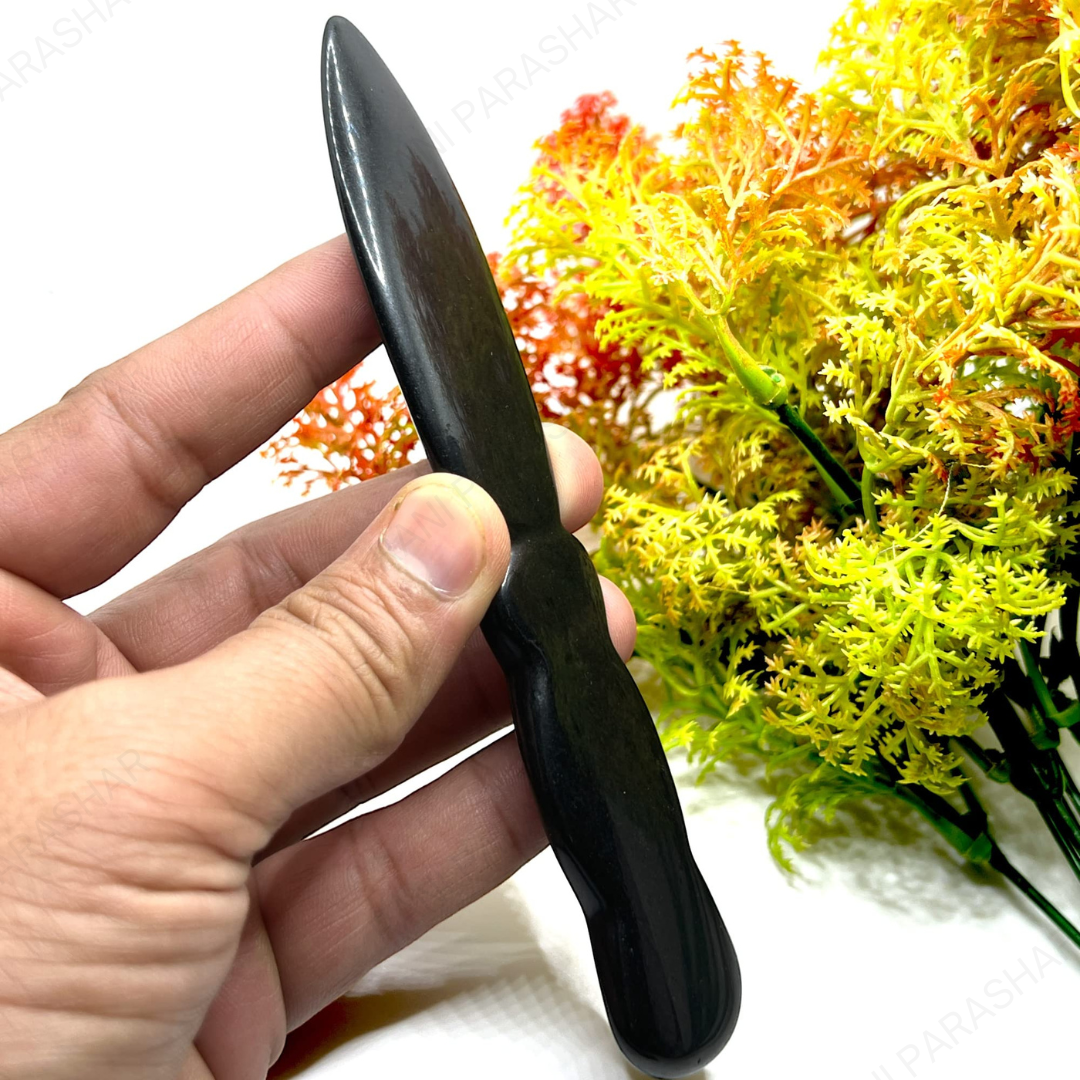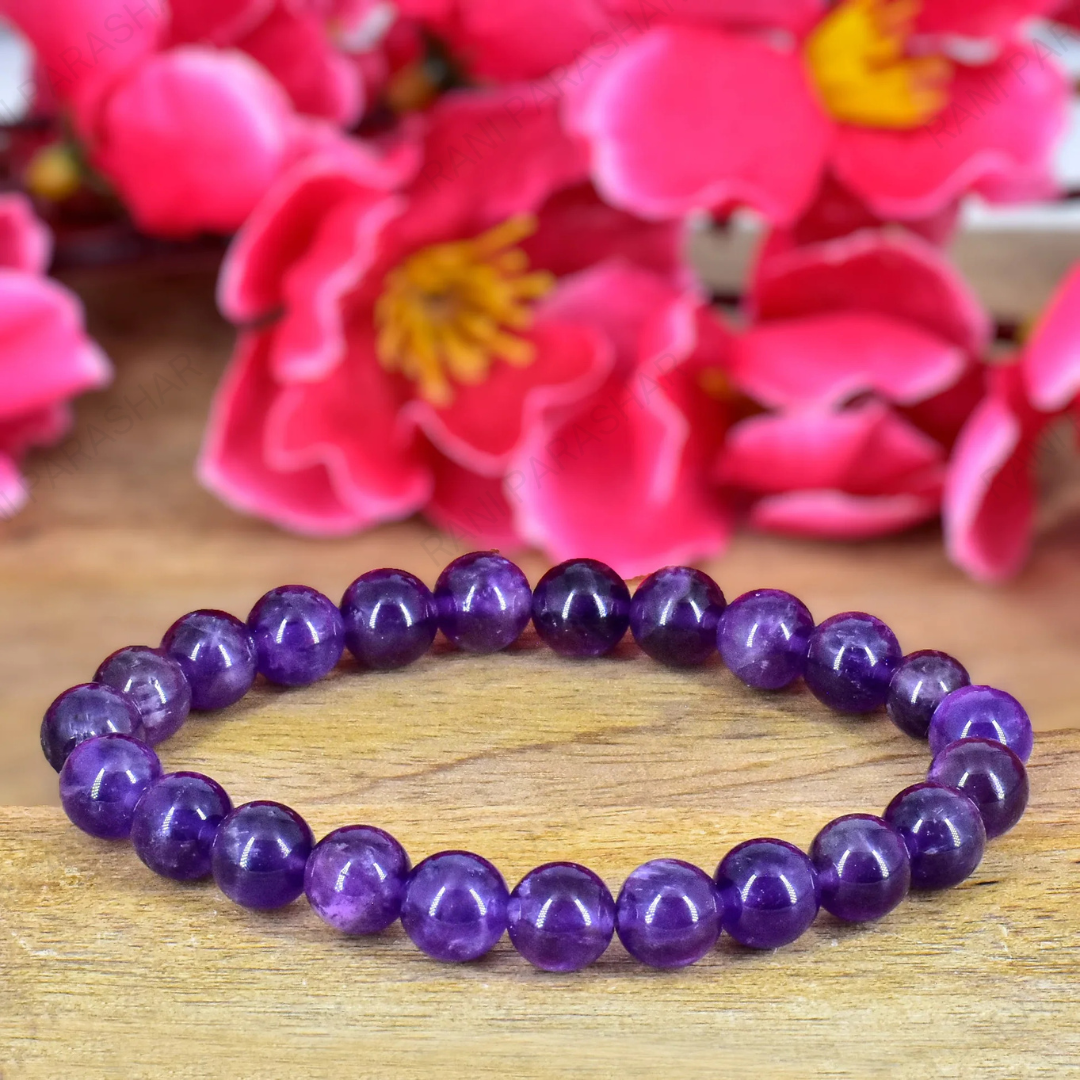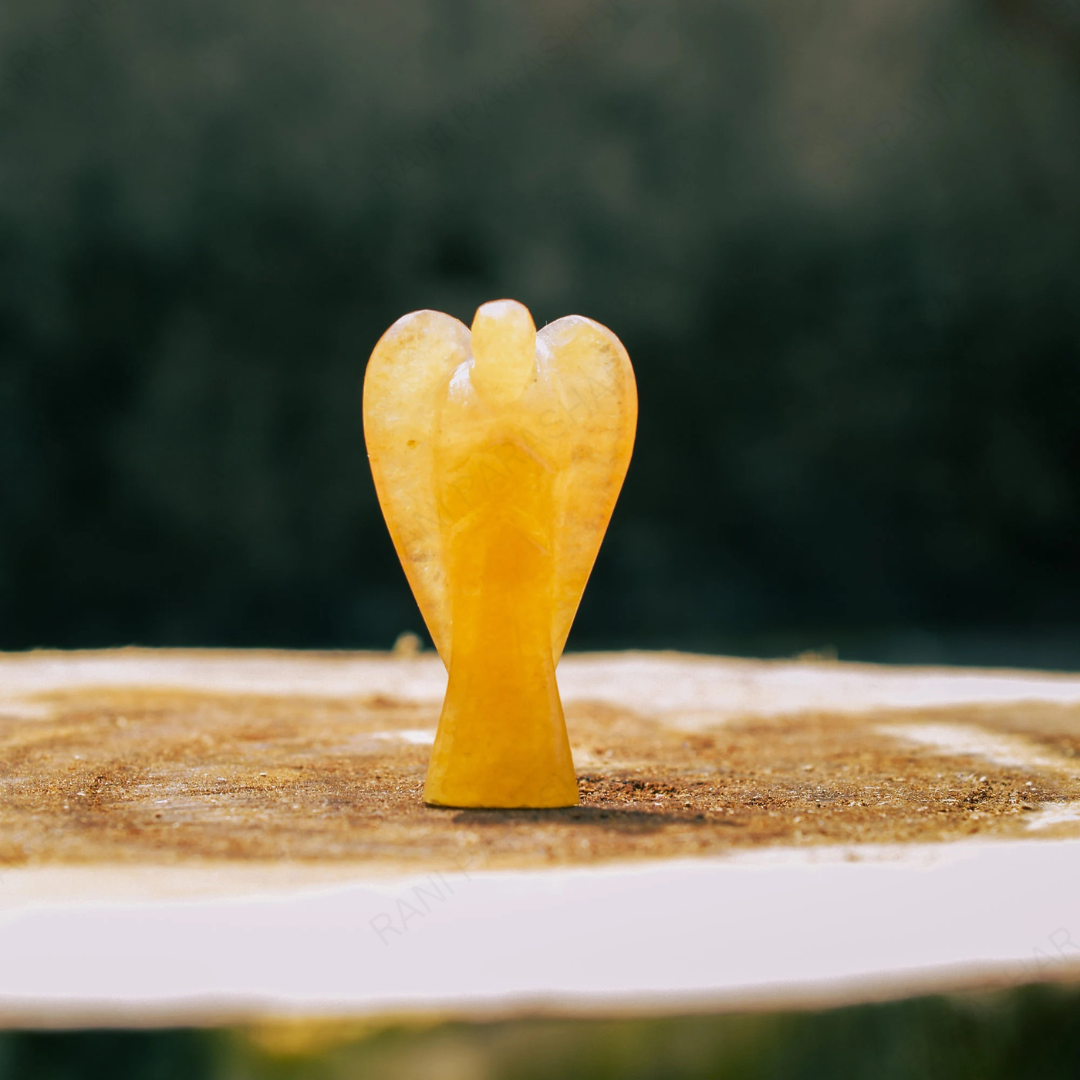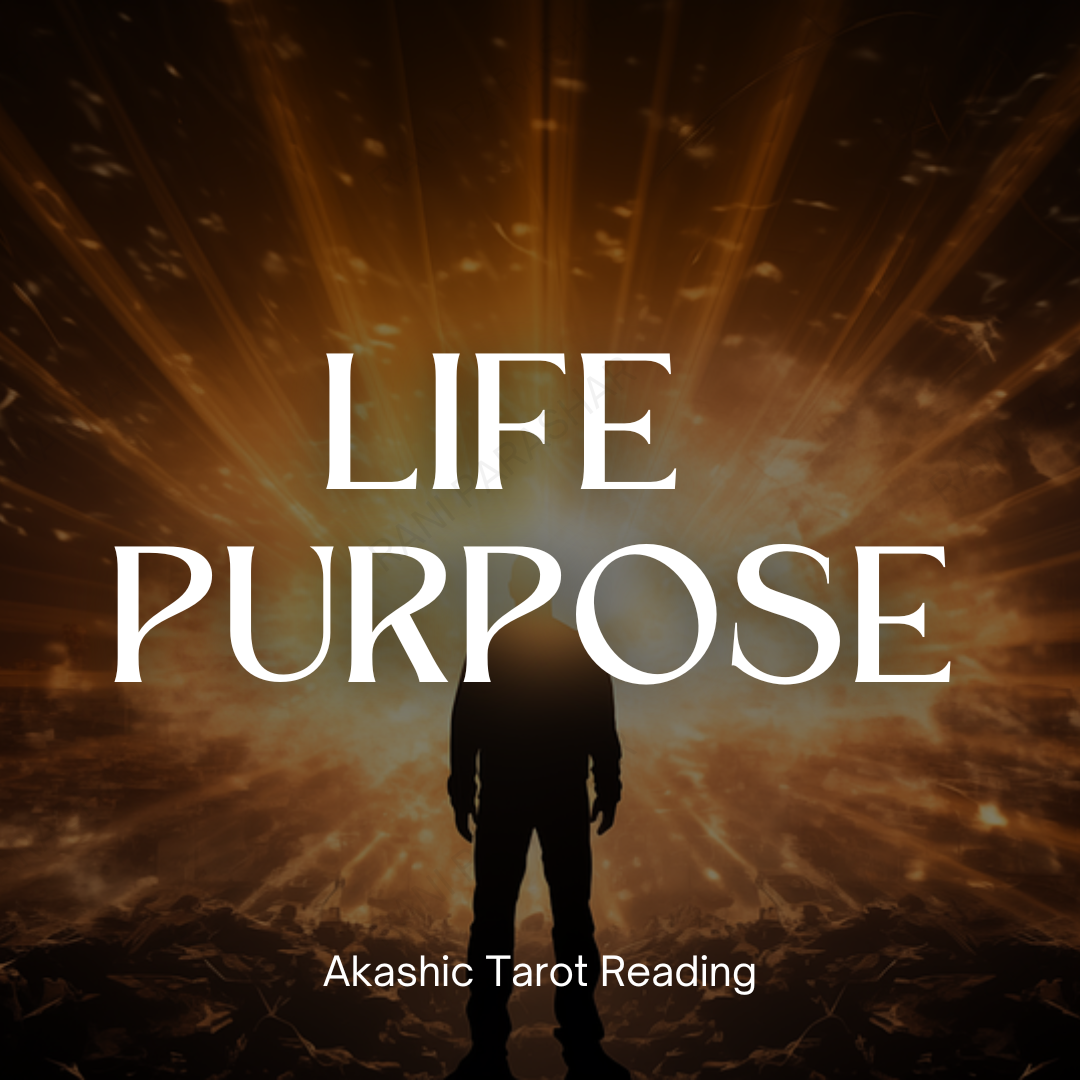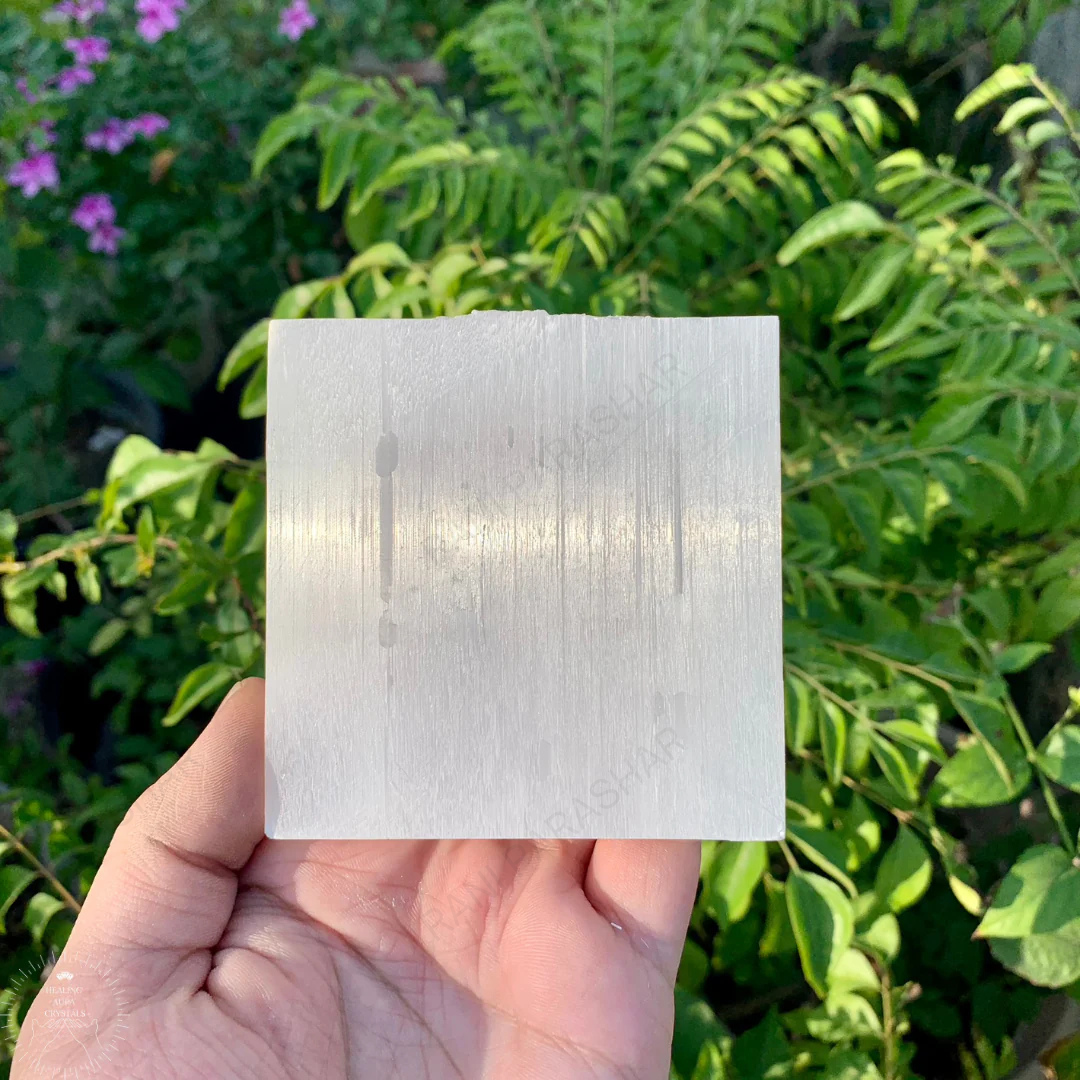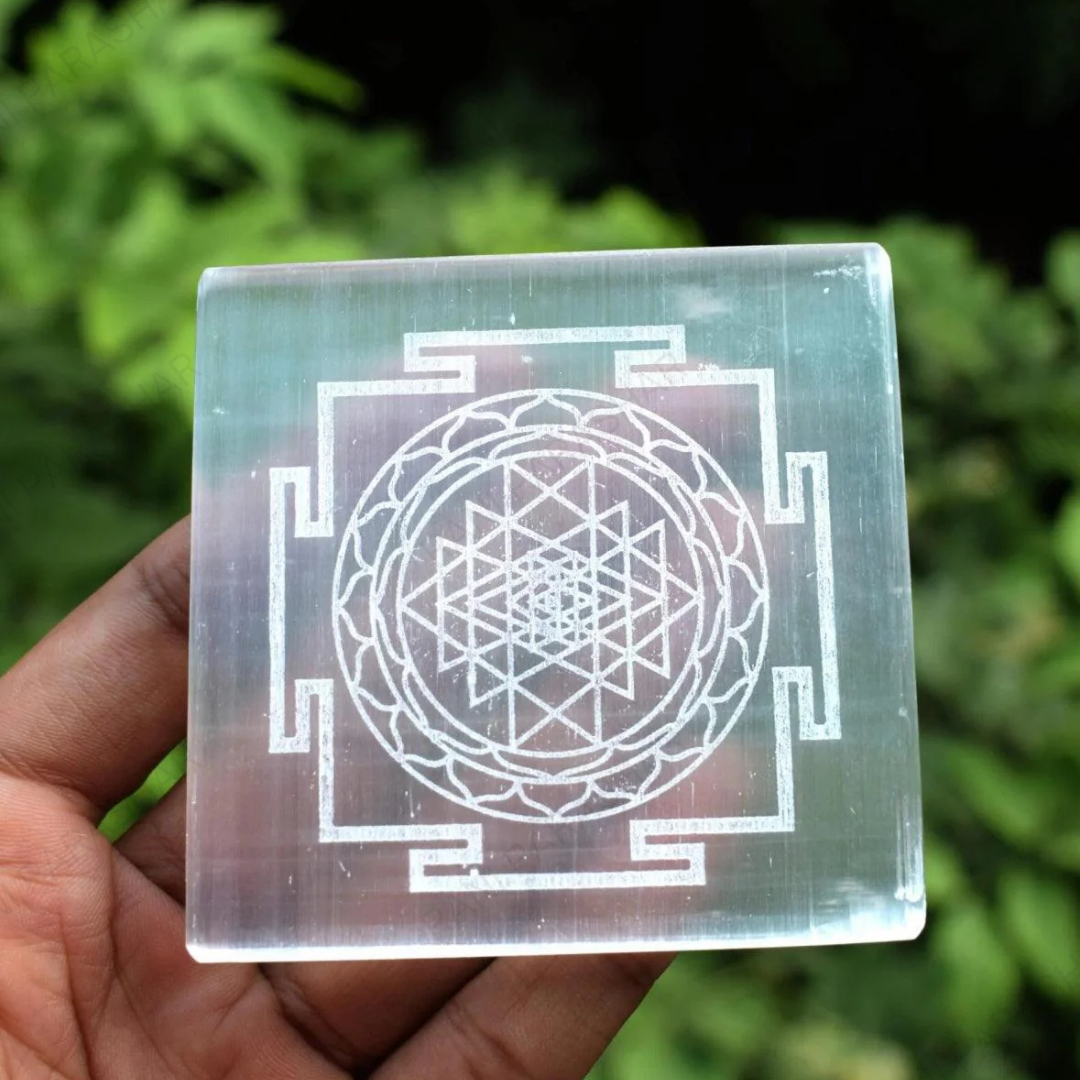In today’s fast-paced world, stress, anxiety, and physical ailments have become common challenges. Amid these struggles, many are turning to holistic practices like Reiki healing to find balance, relief, and a deeper connection to their inner selves. Rooted in ancient Japanese traditions, Reiki has gained global recognition as a gentle yet powerful healing technique. This blog explores the essence of Reiki, its principles, benefits, and how it can transform your life.

What is Reiki Healing?
Reiki is a Japanese energy healing practice that promotes physical, emotional, and spiritual well-being. The term “Reiki” combines two Japanese words: “Rei,” meaning universal, and “Ki,” meaning life force energy. The practice involves channeling this universal energy through the hands of a trained practitioner to the recipient, helping to restore balance and harmony within the body.
Developed in the early 20th century by Mikao Usui, Reiki is based on the belief that life force energy flows through every living being. When this energy is low or blocked, it can lead to physical or emotional discomfort. Reiki works to clear these blockages, allowing the energy to flow freely and promote healing.
The Principles of Reiki
Reiki is not just a healing technique but also a way of life. Practitioners and recipients are encouraged to embody five guiding principles:
-
Just for today, I will not be angry.
-
Just for today, I will not worry.
-
Just for today, I will be grateful.
-
Just for today, I will do my work honestly.
-
Just for today, I will be kind to every living thing.
These principles serve as a foundation for fostering peace, mindfulness, and compassion in daily life.
How Does Reiki Work?
Reiki healing sessions typically involve the following steps:
-
Preparation:
-
The recipient lies down or sits comfortably in a quiet, relaxing environment. They remain fully clothed during the session.
-
-
Energy Channeling:
-
The Reiki practitioner places their hands lightly on or just above the recipient’s body. They channel universal energy to specific areas that need healing or balance.
-
-
Healing Process:
-
Recipients often experience sensations such as warmth, tingling, or deep relaxation as the energy flows through them. The practitioner’s intuition guides them to focus on areas of imbalance.
-
-
Closure:
-
The session concludes with the practitioner grounding the recipient, ensuring they feel centered and refreshed.
-
Reiki sessions typically last 30 to 60 minutes, depending on the recipient’s needs.
Benefits of Reiki Healing
Reiki offers a wide range of benefits for physical, emotional, and spiritual well-being:
1. Stress Reduction and Relaxation:
Reiki promotes deep relaxation, helping to alleviate stress and anxiety. It creates a sense of calm and inner peace.
2. Pain Relief:
Reiki can ease physical discomfort by reducing inflammation and promoting the body’s natural healing processes.
3. Emotional Healing:
It helps release pent-up emotions, past traumas, and negative energy, fostering emotional resilience and clarity.
4. Enhanced Sleep Quality:
Regular Reiki sessions can improve sleep patterns, helping recipients wake up feeling refreshed and energized.
5. Strengthened Immune System:
By balancing the body’s energy flow, Reiki supports the immune system and overall health.
6. Spiritual Growth:
Reiki connects individuals to their inner selves, enhancing intuition, mindfulness, and spiritual awareness.
Who Can Benefit from Reiki?
Reiki is a versatile healing practice suitable for people of all ages and conditions. It can benefit:
-
Individuals dealing with stress, anxiety, or depression.
-
Those recovering from surgery, illness, or injury.
-
Pregnant women seeking relaxation and balance.
-
Children who need emotional support or stress relief.
-
Anyone on a spiritual journey or looking to enhance their well-being.
Common Misconceptions About Reiki
-
Reiki is a Religion:
-
Reiki is not tied to any religion or belief system. It is a universal practice accessible to everyone.
-
-
It Replaces Medical Treatment:
-
Reiki complements traditional medicine but does not replace it. It works alongside medical care to enhance healing.
-
-
Only Certain People Can Learn Reiki:
-
Anyone can learn Reiki with proper training and attunement from a certified Reiki master.
-
-
Results Are Instant:
-
While some individuals experience immediate benefits, others may notice gradual improvements over time.
-
Reiki Levels and Training
Reiki training involves three levels:
-
Level 1 (Shoden):
-
Focuses on self-healing and basic techniques for channeling Reiki energy to others.
-
-
Level 2 (Okuden):
-
Introduces advanced techniques, including the use of Reiki symbols for distance healing.
-
-
Level 3 (Shinpiden):
-
The master level, where individuals learn to teach and attune others to Reiki energy.
-
Training is conducted by certified Reiki masters, and each level includes an attunement process to align the trainee with Reiki energy.
Real-Life Stories of Healing with Reiki
Case Study 1: Overcoming Chronic Pain
A woman suffering from chronic back pain found significant relief through regular Reiki sessions. The energy healing reduced her pain levels and improved her mobility.
Case Study 2: Emotional Recovery
A man dealing with grief and emotional trauma discovered peace and closure after a series of Reiki sessions. The practice helped him release negative emotions and embrace a positive outlook.
Case Study 3: Enhanced Focus and Productivity
A professional struggling with stress and burnout experienced heightened focus and productivity after integrating Reiki into their routine.
How to Find a Reiki Practitioner
When seeking a Reiki practitioner, consider the following:
-
Credentials: Ensure the practitioner is certified and experienced.
-
Referrals: Ask for recommendations from friends or read online reviews.
-
Comfort Level: Choose someone you feel comfortable and safe with.
Incorporating Reiki into Daily Life
Reiki is not limited to formal sessions. You can integrate its principles into your daily routine by:
-
Practicing mindfulness and gratitude.
-
Meditating to connect with universal energy.
-
Using self-Reiki techniques learned during training.
Conclusion
Reiki healing is a holistic practice that offers profound benefits for the mind, body, and spirit. Whether you seek relief from stress, emotional healing, or spiritual growth, Reiki provides a gentle yet powerful pathway to well-being. Embrace this ancient art and experience the transformative power of universal life force energy.
Book a Session with Rani Parashar
Discover the healing power of Reiki with Rani Parashar, a seasoned Reiki Grandmaster. Whether you’re seeking relaxation, emotional healing, or spiritual guidance, Rani’s sessions are tailored to your unique needs. Take the first step toward holistic wellness and schedule your session today.

